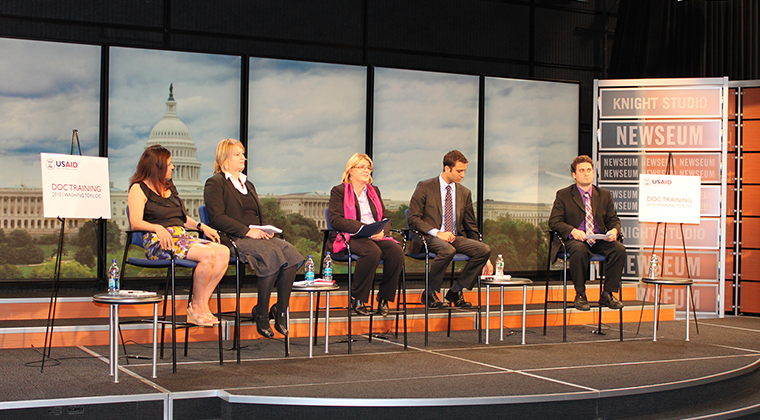- Article
- /
Training Communications Officers Using Adult-Learning Best Practices

During the decade that we implemented the USAID-funded Development Outreach and Communications (DOC) program, Mission communications staffing grew four-fold. We provided comprehensive training to ensure all DOCs had the necessary skill sets.
To be effective, we took into consideration the broad range of experience and skills; diversity in nationality, culture, and language; and personal experiences. Rather than a one-size-fits-all approach, we brought our extensive experience with adult learning to bear in building the Agency’s capacity.
We conducted dozens of in-person trainings covering everything from communications planning; to photography, video and social media; to earned media; to events and more.
Many find additional approaches to learning helpful. It could be that more introverted personalities find the pace of a live curriculum too fast to fully process the information, that advanced subjects require repeated exposure to master, that “just in time” learning is needed for urgent activities, and/or that different media are simply preferable to a live experience.
We also familiarized ourselves with each Mission’s communications status in advance and conducted needs assessments so our trainers could best build each DOC’s capacity.
Hence, our training program covered a range of complementary training approaches that included a 17-chapter “Survival Manual,” monthly training articles, a video “how-to” series, interactive e-learning products, and access to a library of online courses.
Our comprehensive approach to adult learning and capacity building has allowed USAID’s communicators to further succeed, as demonstrated by polling in numerous countries showing that citizens have gained a greater understanding of U.S. foreign assistance.